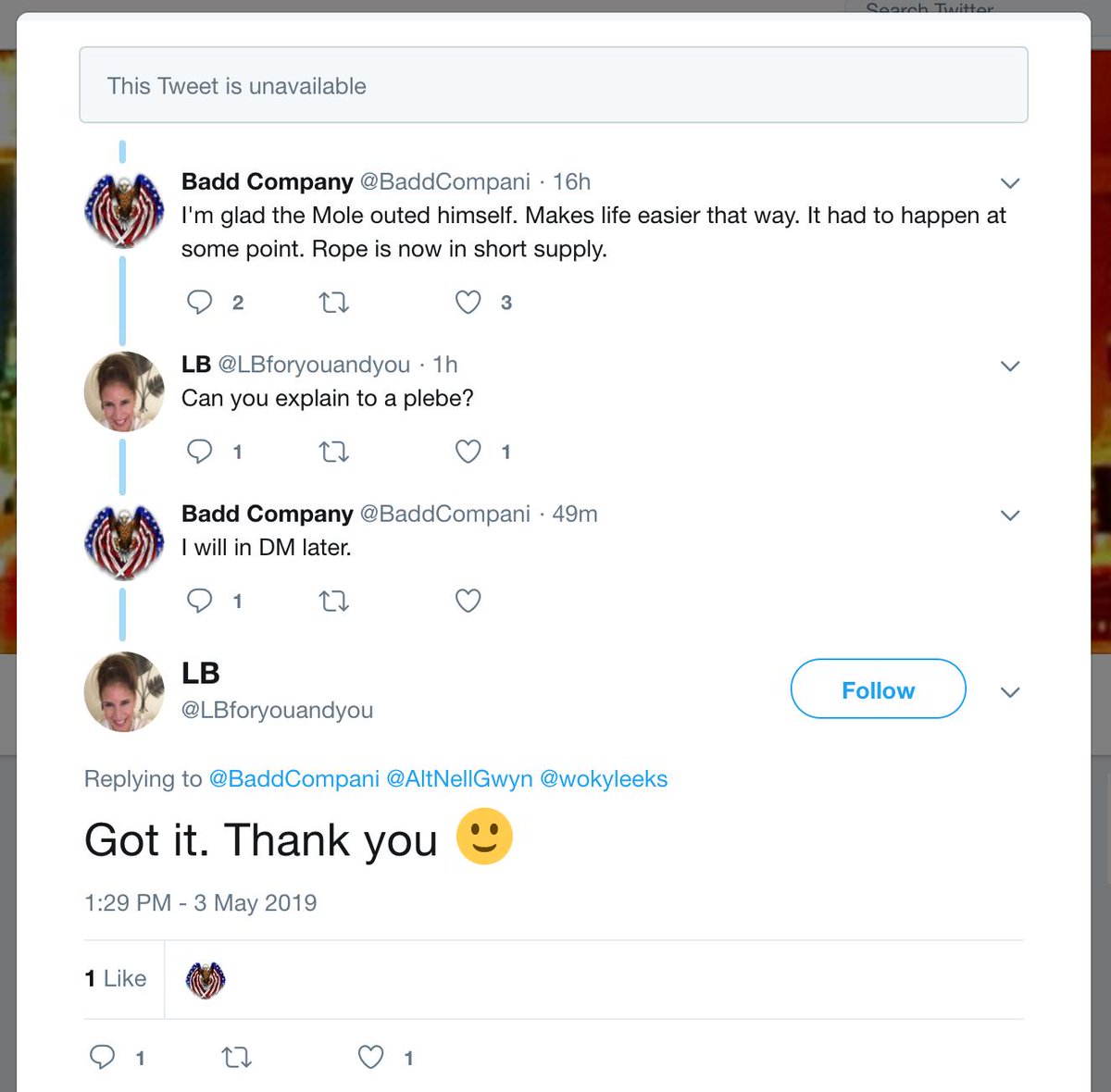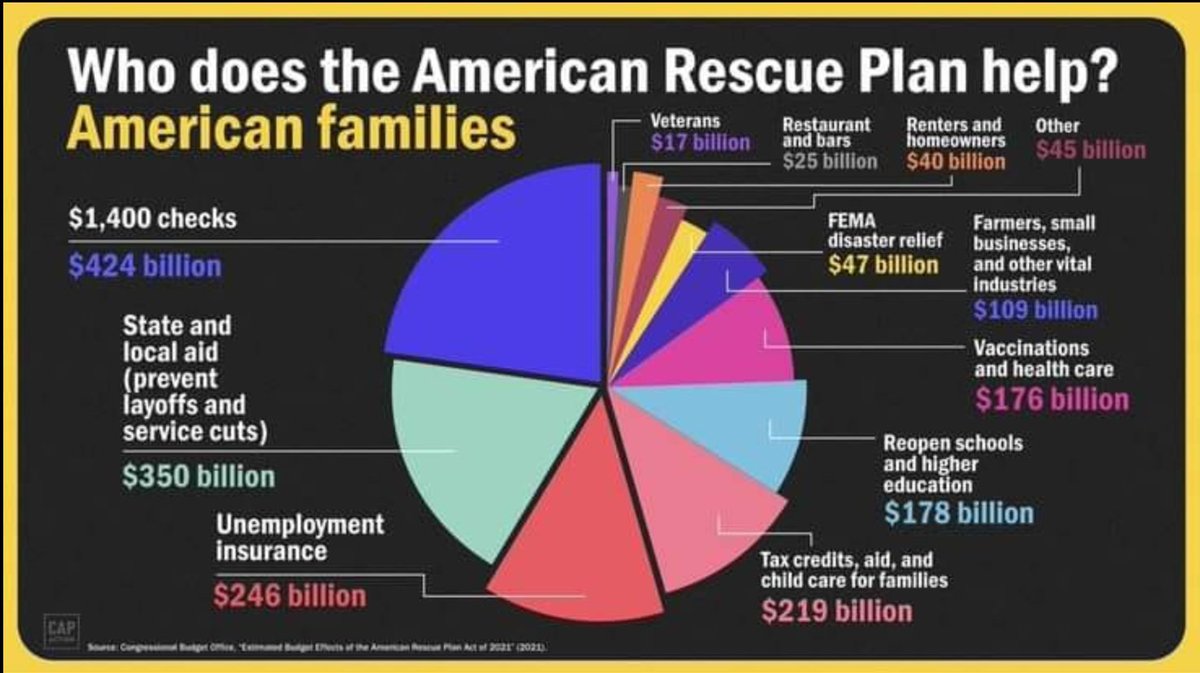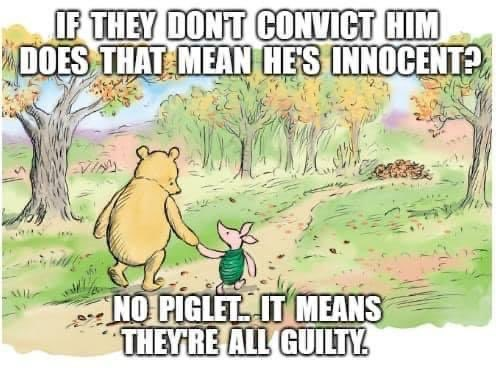The latest tweets from @baddragon. The latest tweets from @baddragon.
Jack Patrick Dorsey (born November 19, 1976) is an American billionaire technology entrepreneur and philanthropist who is a co-founder and the CEO of Twitter, and the founder and CEO of Square, a financial payments company.

Corporate tweeters need to know that they aren’t just promoting a brand or solving a problem: they are performing for an audience, supporting customers throughout their journey, and even, subtly, selling. The best, like American Airlines, make it feel natural. They have given their social media staff a clear mission and a great deal of autonomy; the account’s managers chat with customers, offer up front to solve problems, and empathize with frustrated travelers.
The latest tweets from @BaddCompani. Your pinned Tweet. This is what you want your followers to focus on — your biggest, latest news. It’s ok if you have the same focus for several months in a row (e.g. If you’re raising money over a six-month period, then the same Tweet will do), but you should check in each month and ask yourself if you have a more pressing message to highlight.
But the worst have exported their old tricks to new media. Entirely devoid of empathy, their accounts might as well be run by robots. Starbucks simply redirects queries to an email address—with a grating exclamation point to add insult to injury. At least that’s better than the 70% of companies that plainly ignore complaints on Twitter.
This matters. Social media isn’t merely a place for people to chat with each other and for brands to talk at their customers. For a new generation of consumers who get their news and form their views about the world primarily on social media, it is an essential proving ground. A witty comment or botched response on Twitter can travel to Facebook and even news websites in minutes (think of the Oreo tweet during the Superbowl blackout of 2013). But a single miscalculated remark can cascade into an avalanche of disapproval, a phenomenon Jon Ronson explores his new book, So You’ve Been Publicly Shamed. It has never been as easy and as quick for reputations to be made and destroyed.

Yet, despite the urgency of getting it right—and the ample time that companies have had to figure it out—most corporations have an empathy deficit. This shouldn’t come as a surprise. After all, management exists to transform corporations into more efficient machines. But in the process, little attention is paid to the humanity of either customers or employees. Efficiencies are made the expense of humanity. That limits the ability of companies to engage authentically and emotionally with their customers.
Measuring empathy
Thanks to easy access to data sets, advanced data analysis techniques, and the very public nature of social networks, we are able to look at how companies listed on the major London and New York stock exchanges communicate with their customers as a way to gauge which are the best and worst at displaying empathy.

We used Twitter, which has the benefit of being the most transparent big social network today. It also encourages back-and-forth conversation, unlike Facebook which tends to be a broadcasting medium. Moreover, Twitter is used by virtually all big Western companies either for marketing or to respond to customers—and sometimes both.
Badd Company On Twitter
How do you measure empathy on social media? In our view, empathy consists of three components: reassurance, authenticity, and emotional connection. Empathy goes beyond simply solving a problem. It involves making a customer feel valued.

These qualities are quantifiable. While data analysis cannot tell us whether an individual tweet displays empathy, it can look in aggregate at how Twitter is being used by a firm and identify certain patterns of behavior in interactions between companies and their followers, and infer a degree of engagement. We analyzed 350,000 tweets across 300 companies. Unencumbered by an individual’s perception of a brand, automated analysis has the benefit of being fairer and more objective.
We identified specific empathic and unempathic behavior, and scored companies accordingly. Highly empathic tweeters, for example, avoid using repetitious stock phrases. They also interact with users. They don’t use twitter as a broadcasting service for promotion or investor announcements. The worst offenders not only repeat stock phrases but also divert users to other non-social channels (e.g. call centers).
Empathic tweeters are gender neutral or reflect the gender of their audience. We supplemented our model by using an algorithm and dataset developed by University of Pennsylvania to identify the apparent gender of our subjects and their followers. The algorithm is able to infer gender based on language. The energy, finance, and technology sectors tend to tweet using a male-biased tone of voice. Retail and consumer goods tend to use more female language in their social communication.
We found that the top-performing companies use gender-neutral language or a slightly female tone of voice. Wal-mart, for example, employs an empathic female tone, using evocative language and emotional ways of responding using emoticons. On the other hand, many of the least empathic companies defaulted to an excessively male tone, one that was often indifferent to the gender of their audience. Hewlett Packard demonstrated a very male tone of voice providing very little emotional connection with customers.
This shouldn’t be surprising. Women respond well to empathy and expect brands to be more empathic. Women are also the dominant users of nearly every social media service, including Facebook and Twitter. Women account for 62% of Twitter users, visiting 40 million times more than men do each month. On Facebook, women account for 58% of users, posting an average of 394 updates per year compared to 254 from men.
They aren’t anonymous. Empathic companies named the tweeters working on their behalf and allowed them to show their individual personality and humor. Unempathic companies, on the other hand, often used anonymous tweeters, who often repeating press release headlines or corporate talking points.
They use a single Twitter account to represent the organization. A third of the companies in our study have separate accounts for customer service and marketing. That reflects the needs of the company: different departments with their own budgets running accounts for different purposes. But it does not show empathy for the chaotic and diverse needs of customers.
A loyal customer who likes and follows a brand for engagement today may need technical support tomorrow. She is unlikely to go looking for the support account. Siloing accounts limits the range of interactions between company and customers. It forces customers to learn company hierarchies and department. These divisions reflect the organization’s needs, not the customer’s. The problem is also that greater resources are being provided to the care accounts than to the overall corporate Twitter accounts.
American Airlines again provides a good example. The main account promotes the brand and responds to customer queries with equal skill. Sometimes, a separation can work if the support account is lively and well resourced. Another good example, @MicrosoftHelps, is an active broadcaster but also a sensitive responder, replying to queries in a casual, friendly, and helpful tone. The individuals who run it are clearly experts—and they have personality too.
Another striking, if not entirely surprising, conclusion from our survey is that consumer-facing firms tend to be better at displaying empathy than their business-to-business counterparts. In technology, household names such as Facebook, Microsoft, and Intel are at the top of the class while the worst performers in the sector are mainly in enterprise technology, storage, hardware and research. Similarly, in finance, payment providers and investment banks such as Schroders and Goldmans Sachs Group fared badly while retail insurance and banking such as PNC Financial Services Group performed well.

Ming Solenya Nethery
Companies of all stripes must understand that empathy isn’t just about customer support. It is also about how companies relate to their employees and to the world at large. Social media is merely the most public and obvious means to measure it. We have come a long way from the era of unconcerned shop assistants and unaccountable call-center workers.
